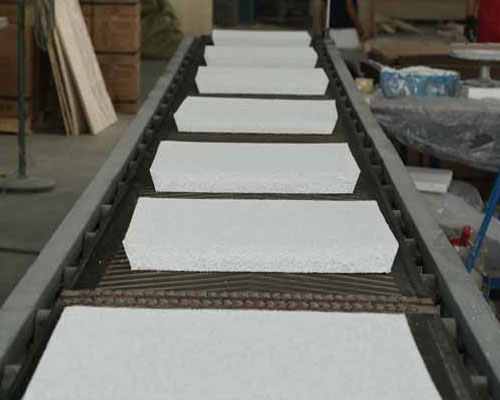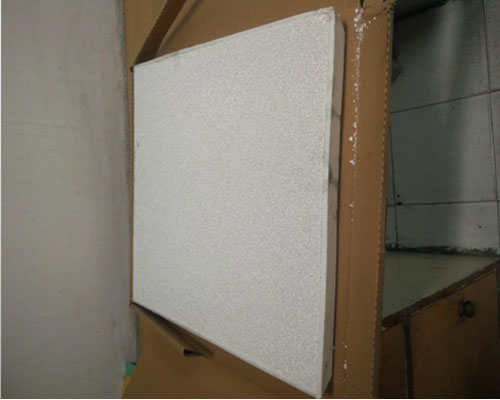Filtration is the most effective and reliable means to remove non-metallic inclusions in aluminum melt. In principle, there are cake-like filtration and deep filtration. The simplest is glass cloth filtration, and the best effect is filter tube and foam ceramics filter. Foam ceramic filters are widely used all over the world because of their convenient use, good filtering effect, and low price.
AdTech has an advanced automated ceramic foam filter production line, three calibration procedures, and precise dimensions. No slag drop, effectively reducing pollution to molten aluminum. Good thermal shock resistance and improved corrosion resistance to molten metal. The ceramic foam filters price has a competitive advantage and can reduce the cost of casting.

The use of glass cloth to filter aluminum melt has been widely used at home and abroad, and is generally used in the transfer process and melt filtration in the mold. This method is characterized by strong adaptability, easy operation and low cost, but the filtering effect is unstable. It can only intercept and remove large-sized inclusions and is almost ineffective for small inclusions. Therefore, it is suitable for the production of ingots with low requirements, and glass cloth only can be used once.
The filter tube has high filtration efficiency and can effectively remove small non-metallic inclusions in the melt, but it is expensive to use and inconvenient to use.
The foam ceramic filter plates are generally 200*600*50mm long and wide, and the porosity is as high as 80%-90%. It does not require a high pressure head when filtering, has a good filtering effect and is low in price. However, the ceramic foam filter plate is brittle and easily damaged, so it is generally only used once. If you want to use it twice or more, you must use melt insulation measures. Generally, it is not allowed to use more than seven times.

